Ancient British coins taken by Roman soldiers found in Europe
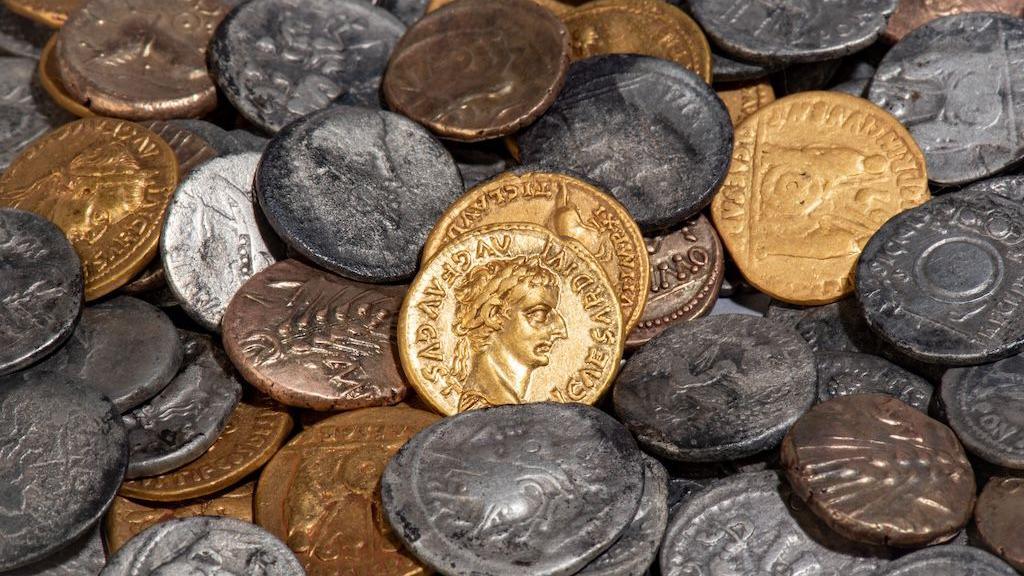
The most recent of the Roman coins were made in the years 46-47, during the reign of the Emperor Claudius
- Published
Imagine using a metal detector in a field, only to discover an extremely rare stash of coins.
That's what happened to two people in the Netherlands, who found hundreds of ancient coins that were buried 2,000 years ago in the northern border region of the Roman Empire.
The hoard contains 44 British coins that bear the name of British Celtic King Cunobelin, who reigned from around AD5 to AD40 in the south-east of Britain.
It's believed they were taken by soldier as "spoils of war".
There were also 360 Roman coins discovered, and it's the first time a Roman-British coin hoard of this kind has been found in mainland Europe.
More stories about pretty pennies
New coins designed to help children add up
- Published13 October 2023
The historical coin hoard found buried under a cottage
- Published10 May 2024
Couple find £250,000 worth of coins under their feet!
- Published5 September 2022
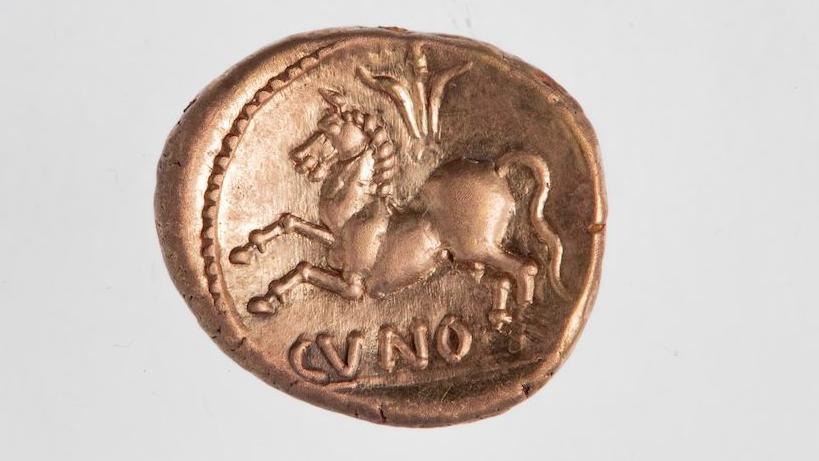
A gold, or stater coin, with the name of King Cunobelin
The coins were found in 2023 in a place called Bunnik, near the city of Utrecht in the Netherlands.
After the find was reported, the hoard was examined by an archaeologist and professionally cleaned.
A dig was carried out at the site to understand why they were buried there.
What do we know about the Bunnik coins?
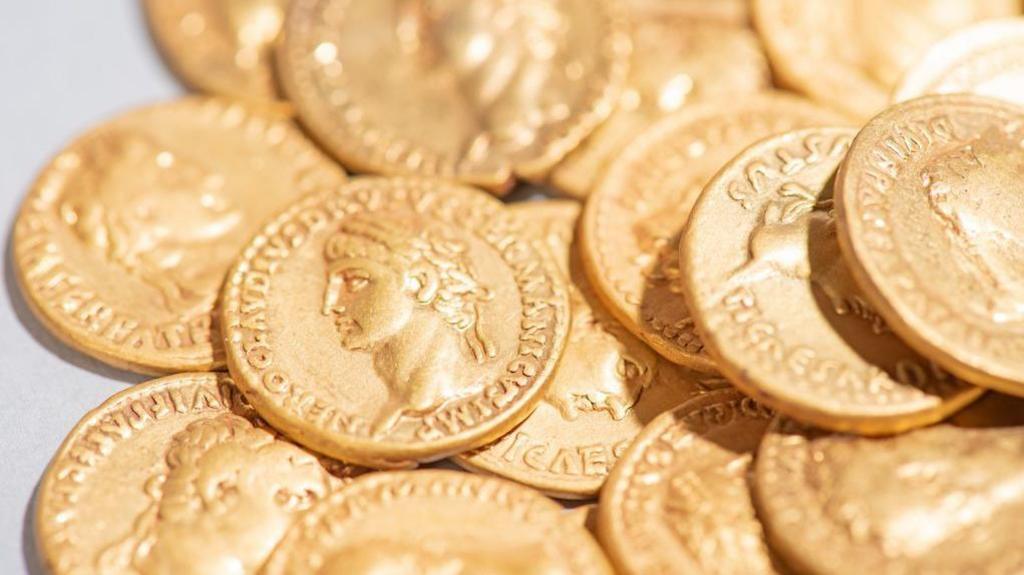
It's thought some of the coins were a soldier's wages
The most recent of the Roman coins were made in the years 46-47, during the rein of the Emperor Claudius.
It was during this time that Roman troops crossed the North Sea to conquer the land they called 'Britannia', or Great Britain as we now know it today.
Experts believe the 44 British gold coins were probably brought to Bunnik after the first conquests by Roman soldiers.
The coins are not pure gold, but were also mixed with silver and copper.
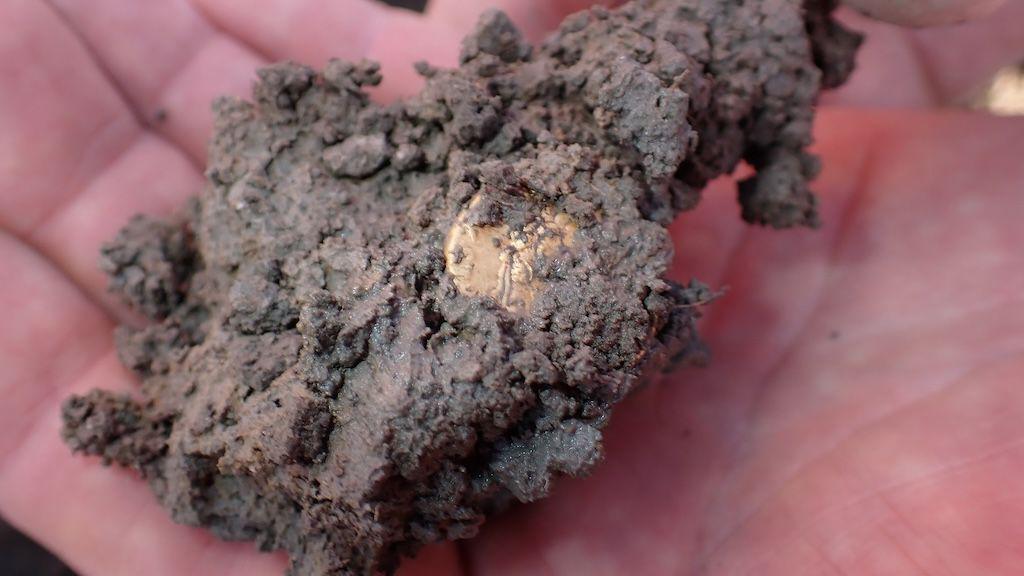
The metal detectors revealed an ancient treasure trove
There were 72 gold Roman coins and 288 silver coins, which are believed to have been the soldier's pay.
There is not a clear reason why they were buried, but the National Museum of Antiquities in the Netherlands, where the coins are now kept, says: "They may have been hidden with the idea of digging them up later.
"It could also be an offering, for example an expression of gratitude to the gods for a safe return from battle."
More remarkable discoveries
- Published20 January
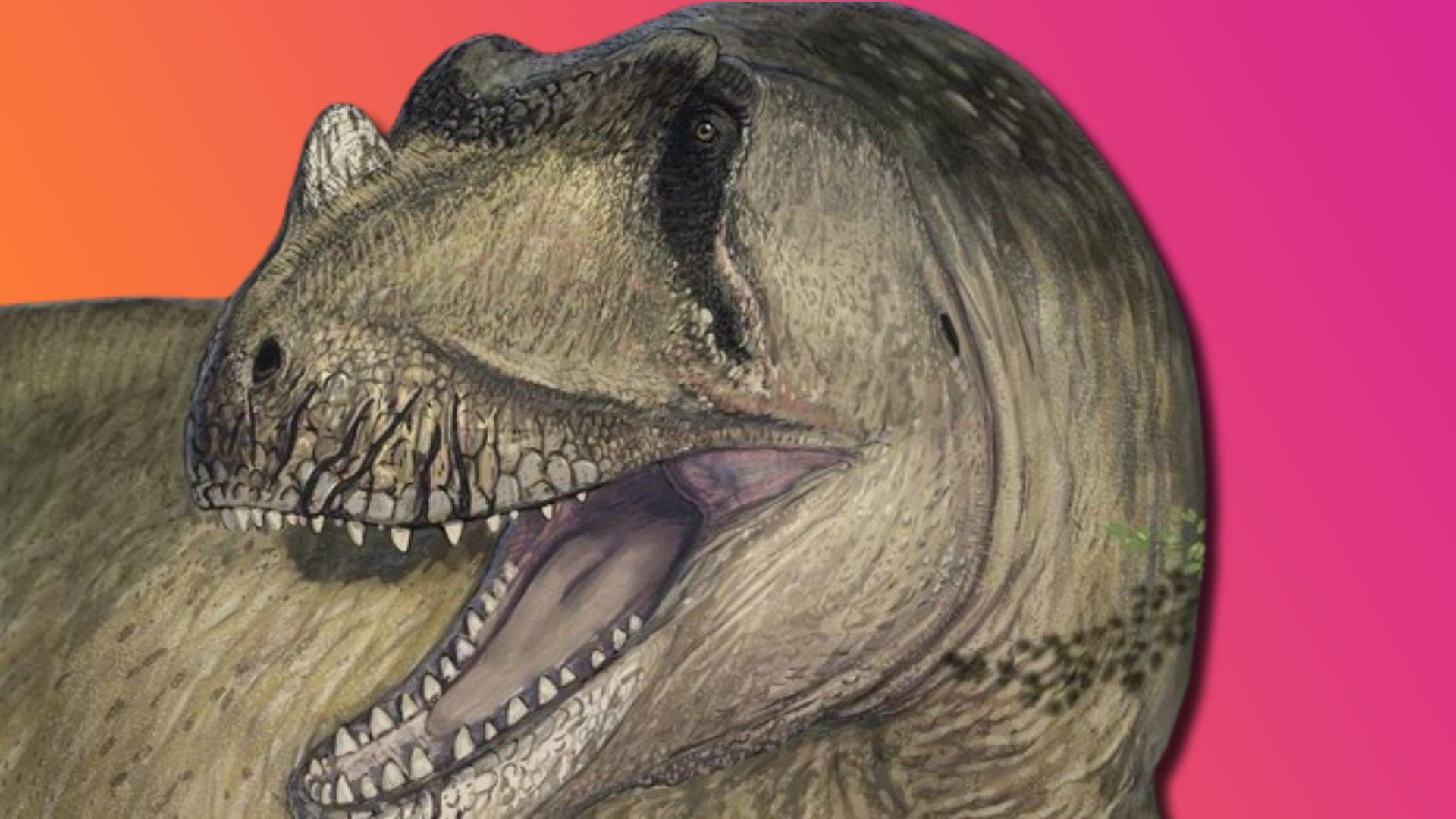
- Published29 January
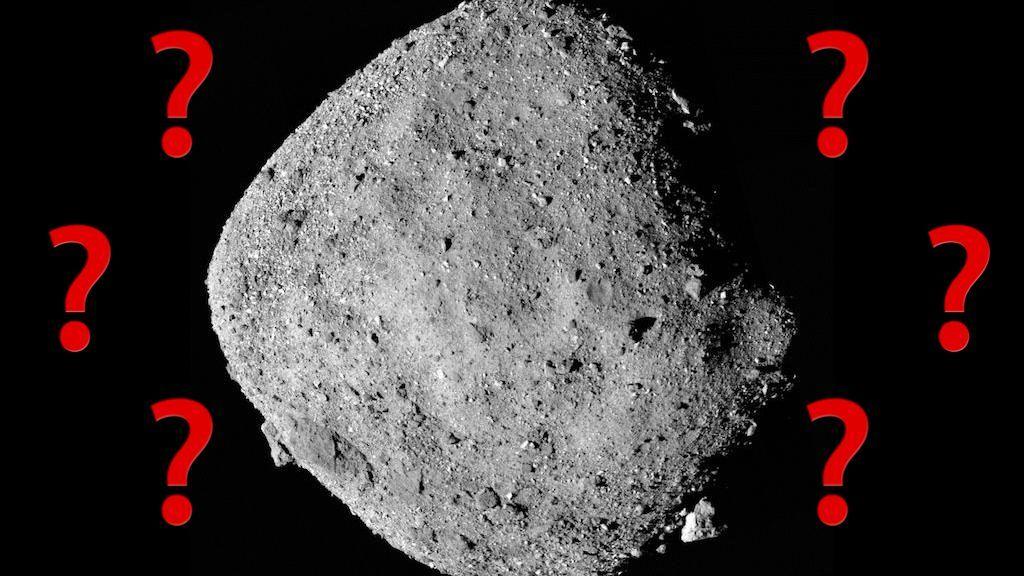
- Published28 January

